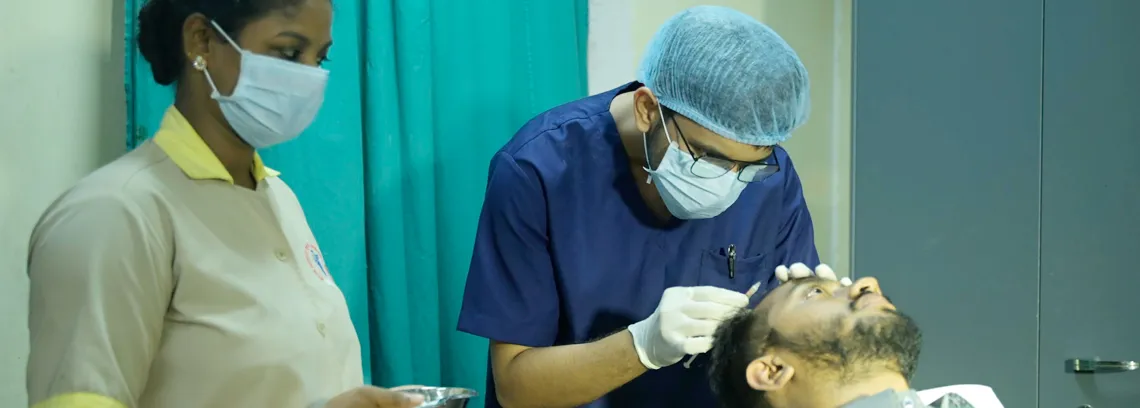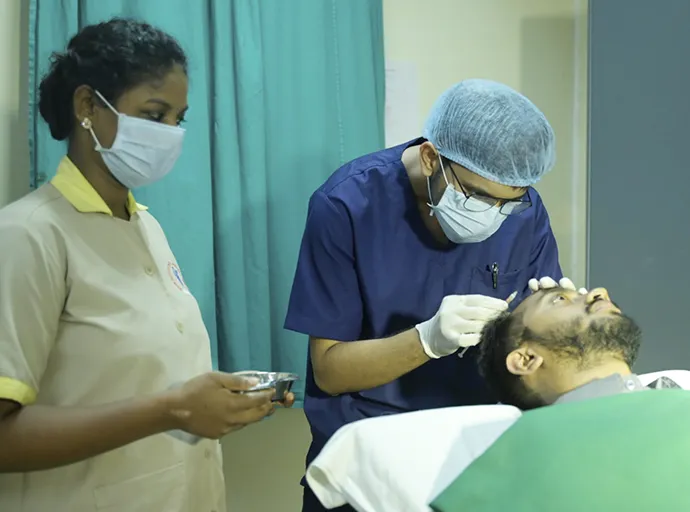Doctor of Medicine in Dermatology, Venereology, and Leprosy
The postgraduate programme leading to a Doctor of Medicine in Dermatology, Venereology, and Leprosy spans three years and focuses on the study of diseases affecting the hair, nails, and skin. This unique subspecialty integrates both medical and surgical elements, with training that may emphasise primary medical, transitional, or surgical aspects depending on specific interests and goals.
The School of Medicine is dedicated to improving the quality of life for patients with skin conditions through innovative patient care, educational initiatives, and research opportunities. Admission requirements include the completion of a bachelor's degree, such as MBBS, DMS, BHMS, or BDS, among others. Candidates' rankings in the class will be determined by their scores on the entrance examination for the programme.
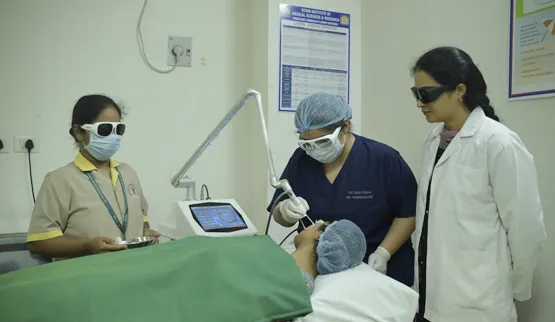
Eligibility
- A minimum of 60% aggregate marks in 10+2 with Physics, Chemistry, and Mathematics.
- Qualifying Exams: GAT (Engineering UG) 2024, JEE Main 2024, AP EAMCET/TS EAMCET 2024.
Scope of the Programme
The future practice of a Doctor of Medicine in Dermatology, Venereology, and Leprosy encompasses a wide range of specialisations, including occupational and cosmetic dermatology, with a particular emphasis on skin and sexually transmitted diseases. This dynamic field presents numerous career opportunities for practitioners, allowing them to address various aspects of skin health and aesthetics.
Moreover, dermatologists and venereologists can expect competitive salaries as they advance in their careers. The diverse nature of this specialty not only enhances job satisfaction but also contributes to a promising future in healthcare, with the potential for ongoing professional development and specialisation.
Key Highlights
Application Domain Experience of Faculty
- Cardiology – Coronary Stents
- Nephrology – Hemodialysis
- Assisted Reproductive Centre
- Orthopaedics – Total Knee Replacement
- Anesthesiology – Pain Clinic
- ENT - Temporal Bone Dissection
Infrastructure
- 1.5 T High End Magnetic Resonance Imaging
- Modular Operation Theatres
- 128 Slice CT Scan
- RotaPro
- Optical Coherence Tomography
Areas of Excellence
- NABH (National Accreditation Board for Hospitals) Accredited Hospital
- Simulation-based Medical Education Unit
- Multi-Disciplinary Translational Research Centre
- Digital Anatomage Table
- Cardiology Catheterization Lab
Practical Exposure
- Medical And Surgical Skills Laboratory
- Experiential Field Training
- Trans Disciplinary Electives
- Extentship Training
Hospitals & Academic Collaborations
- Basavatarakam Cancer Hospital
- Infosys Limited
- Silver Oaks Educational Society
- INS Kalinga
Institutional Social Responsibility
- Health Camps
- Health Awareness Activities
- Blood Donation Centre
Syllabus
Competency-Based Medical Education (CBME) as directed by the National Medical Commission.
Standard Track offerings of courses
- Physiology
- Microbiology
- Ophthalmology
- Anatomy
- Pathology
- ENT
- Biochemistry
- Pharmacology
- General Medicine
- Yoga and Meditation
- Forensic Medicine & Toxicology
- Community Medicine
- General Surgery & Orthopaedics
- Pediatrics
- Obstetrics & Gynecology
Key Topics Covered
- Dermatology
- Venereology
- Leprology programme includes the immunology of dermatological diseases
- Cellular and molecular inflammatory
- Skin genetics
- Skin development and structure of the skin
- Carcinogenesis
Career Options
Career options in MD (Dermatology, Venereology, and Leprosy) in India are expanding rapidly, driven by increased awareness about skin health, a rising demand for cosmetic treatments, and government initiatives. Dermatologists can pursue a range of career paths, including clinical practice, academia, research, and the lucrative cosmetic dermatology sector. According to data, India sees an annual increase in dermatology graduates, with over 300 institutions offering MD in this speciality, contributing to a growing workforce.
One of the most prominent fields for dermatologists is cosmetic dermatology, which is expected to grow at a compound annual growth rate (CAGR) of around 10.2% between 2020 and 2025. The demand for cosmetic procedures such as laser treatments, botox, and skin rejuvenation therapies is creating new opportunities. In addition, venereology and leprosy treatment are still critical, as rural regions see a need for specialists dealing with sexually transmitted infections and infectious diseases like leprosy, ensuring employment in both private and government sectors.
Dermatologists also have opportunities in teaching and research. Several dermatology specialists enter academia, contributing to scientific research and innovations in skin treatments.
Graduates from this programme can pursue careers in various sectors such as:
- Dermatology Professor
- Therapy Manager IVF Artificial Reproduction
- Sales Coordinator
- Cosmetic Dermatologist
- Medical Dermatologist
Infrastructure That Empowers Medical Excellence
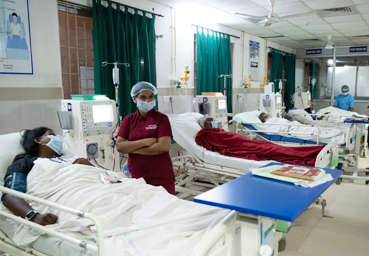
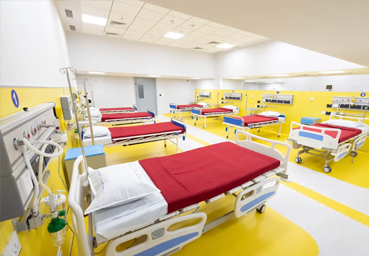
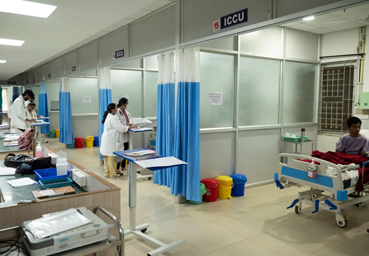
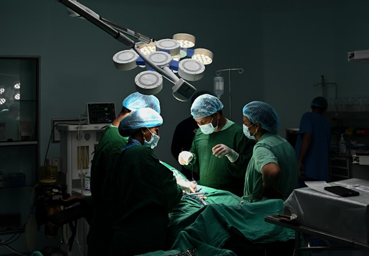

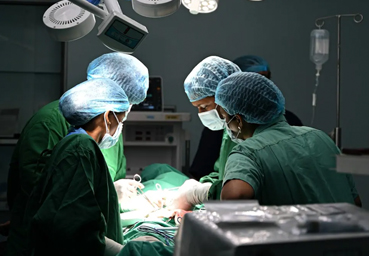
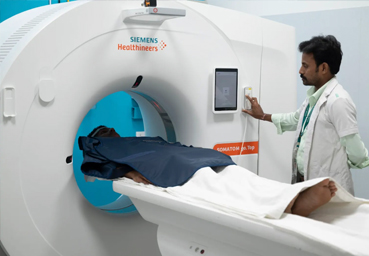
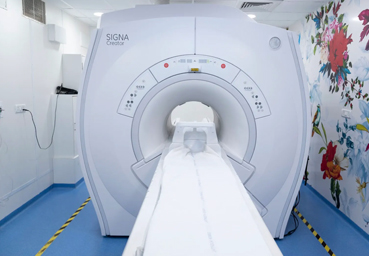
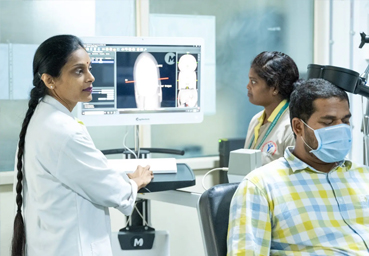
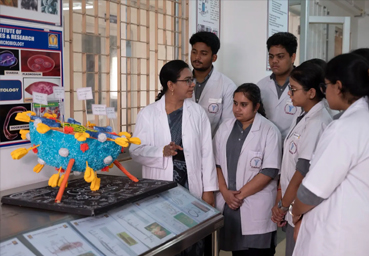
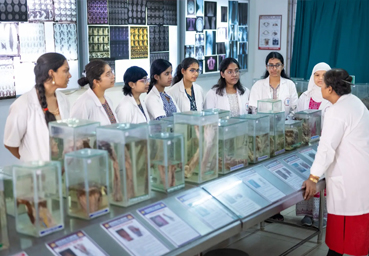
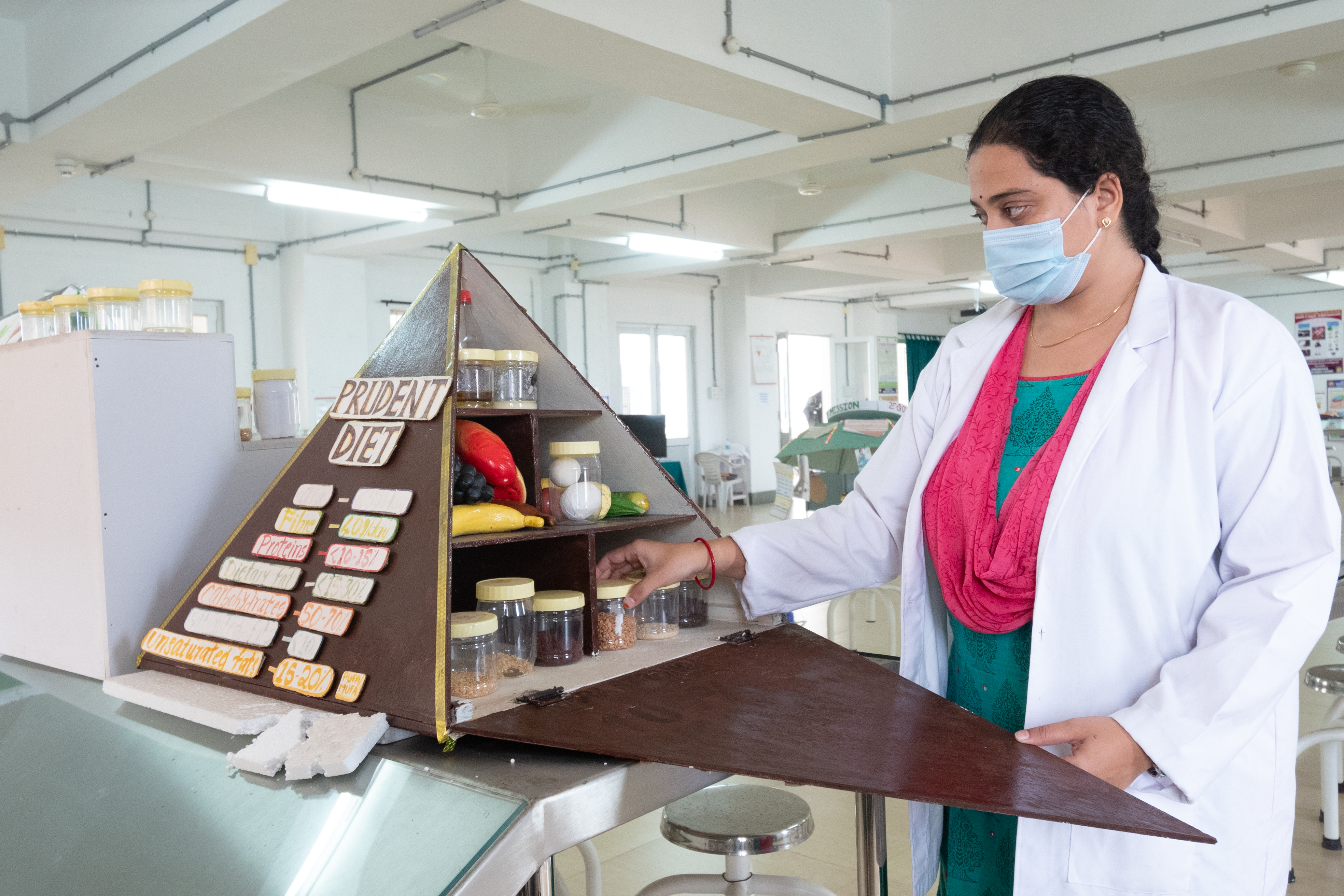

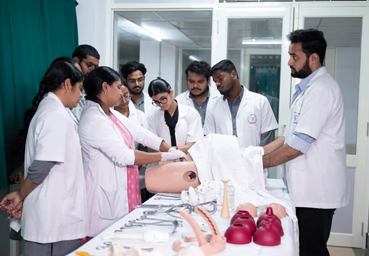
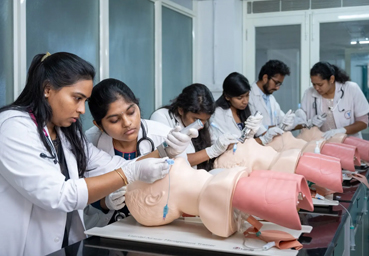
Fee Structure
MD (Dermatology, Venerology and Leprosy)
Scholarships
Merit-Based Scholarships
The scholarship from GAT/National/State Entrance Tests applies only in the first year. To continue receiving it in subsequent years, a minimum CGPA of 8.0 must be maintained.
Apart from the above, the following scholarships are also offered to eligible students.
- Employee Children Scholarships: (60%, 40%, and 20%)
- Loyalty Scholarships: (10% for Any alumni returning to do higher studies/Children of Alumni/Real siblings (Not applicable to step siblings or cousins)/Children of retired employees of GITAM/Spouse of GITAM employees).
- Sports Scholarships: (100%, 75%, 50%, 25% and 15%)
Need-Based Scholarships
- To be eligible for the need-based scholarship, the combined income of both parents/guardians of the eligible student/If the student is married, the combined income of the family, i.e., the student's and spouse's income, must be less than 12.00 LPA.
- The candidates admitted through merit scholarship in the slabs of 75%, 60%, 40%, 25%,and 15%, and the parents/guardians combined income is less than the prescribed limits are eligible for the additional need-based scholarship.
| Scholarship % | Upgraded Scholarship % |
|---|---|
| 75% | 100% |
| 60% | 75% |
| 40% | 60% |
| 25% | 40% |
| 15% | 25% |
Scholarships For Accommodation
- In addition, students awarded need-based scholarships after merit scholarships will receive an additional 20% scholarship specifically allocated for hostel fees at GITAM for slabs: 15%, 25%, 40%, and 60%.
- Students awarded 75% & 100% scholarships are also awarded the same percentage in the hostel and food charges.
Scholarship Percentage
100%
Eligibility for 2025
GAT 2025 Score >=141 <=200
GPAT Rank >=1 <=500
AP PGCET 2025 Marks >=110 <=120
TS CPGET 2025 Marks >=95 <=100
Scholarship Percentage
75%
Eligibility for 2025
GAT 2025 Score >=121 <=140
GPAT Rank >=501 <=1000
AP PGCET 2025 Marks >=100 <=109
TS CPGET 2025 Marks >=85 <=94
Scholarship Percentage
60%
Eligibility for 2025
GAT 2025 Score >=111 <=120
GPAT Rank >=1001 <=2000
AP PGCET 2025 Marks >=90 <=99
TS CPGET 2025 Marks >=80 <=84
Scholarship Percentage
40%
Eligibility for 2025
GAT 2025 Score >=101 <=110
GPAT Rank >=2001 <=3000
AP PGCET 2025 Marks >=80 <=89
TS CPGET 2025 Marks >=75 <=79
Scholarship Percentage
25%
Eligibility for 2025
GAT 2025 Score >=91 <=100
GPAT Rank >=3001 <=4000
AP PGCET 2025 Marks >=70 <=79
TS CPGET 2025 Marks >=65 <=74
Scholarship Percentage
15%
Eligibility for 2025
GAT 2025 Score >=81 <=90
GPAT Rank >=4001 <=6000
AP PGCET 2025 Marks >=55 <=69
TS CPGET 2025 Marks >=50 <=64




